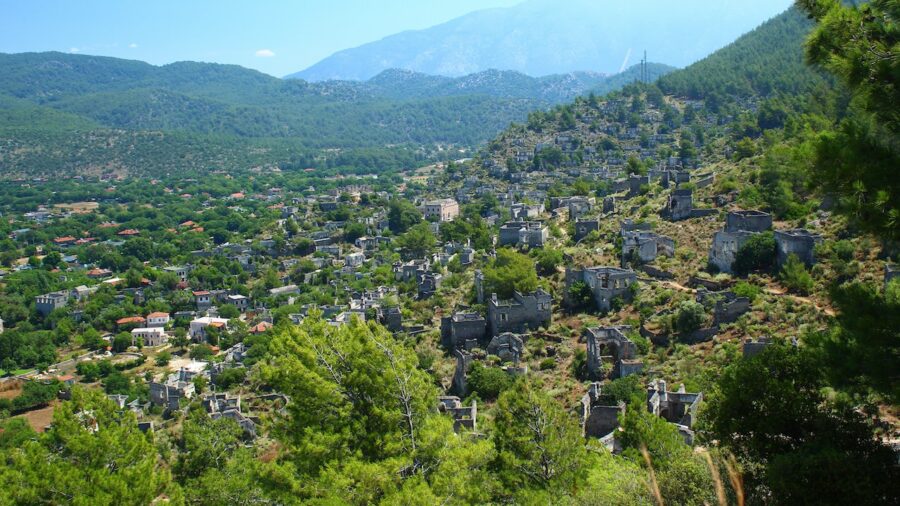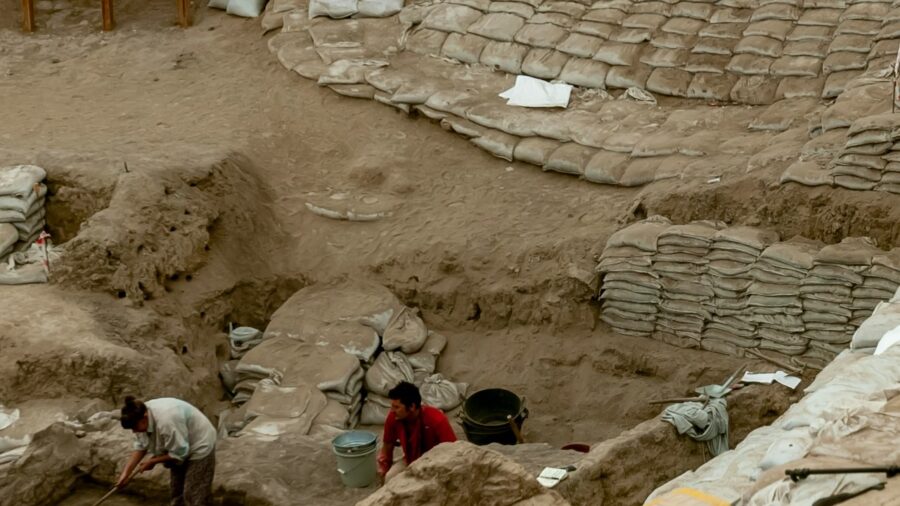Long Lost Empire Discovered By Archeologists In Unprecedented Find

A group of archeologists from the University of Cadiz in Spain set out to explore the Guadalete area and find some remnants of Roman influence. What they found instead was a much bigger discovery, as they uncovered 57 sites of ancient Roman settlements that could indicate a “lost empire” of sorts was located in the area. The interconnected settlements could change what historians currently understand about Roman history in the Guadalete area.
Hidden Underground Structures Have Been Excavated

The 57 sites of this lost empire were found across the Spanish regions of Arcos de la Frontera, Bornos Villamartin, and Puerto Serrano. The team found that these settlements were connected through trade and communication routes along the Guadalete River. With the high number of settlements and the way they were placed, the team believes that the area was perhaps much more important to the Romans than what we previously believed.
The archeology team used technology like radar to find structures buried underneath the surface of this lost empire. Using this sophisticated radar technology, they were able to see Roman-built wall structures under the ground that would have been completely hidden otherwise. Once these Roman structures were identified, the archeologists were able to start excavating the Roman villa of El Canuelo in Bornos, finding interesting things like walls separating residential parts of the villa from places of work.
Dating The Settlements Is The Next Step

In the report, the archeologists said their objective is to understand how the Bay of Cadiz and the settlements interacted during the Roman period, as we basically knew nothing about this lost empire’s significance until now. Further study could help us understand how Romans expanded their empire into this region. Based on what they’ve found so far, it’s believed that the settlement of the Guadalete River by the Romans took place around Rome’s conquest of Spain in 246 BC, but they’re currently working on dating the structures they’ve found to see if the dates line up.
Exploring Hispania

It’ll be interesting to see what else the team can uncover about this lost empire, as Rome’s conquest of Spain is a significant part of the Roman Empire’s history. Rome first invaded the Iberian peninsula in 218 BC, an area which was referred to by Romans at the time as Hispania. When Rome invaded the peninsula, Spain and Portugal were mostly populated and ruled by various tribal groups, which gave Rome a huge amount of resistance as it tried to expand its empire.
Control Of The Iberian Empire

Overall, it took Rome around 200 years to finally gain control of the Iberian Empire and officially annex it as part of the Roman Empire. Comparatively, Rome was able to conquer France, Gaul at the time, in just 10 years. Still, Rome maintained its grip on the Iberian peninsula for around 600 years, and it appears this lost empire could be a fairly significant remnant of that time.
Plenty More Where That Came From

The Roman Empire consisted of about 3.7% of the world’s land at one point, so it’s no surprise we’re still finding hidden remnants and lost empires. For now, the team is focused on continued research of the settlements.
Professor Lara of the team said, “Our main objective is to continue carrying out excavations and surveys with non-traditional techniques and tools that will be completed with the study of the contexts found, as well as analyze techniques on the documented materials that will allow us to obtain a holistic vision of the Roman settlement and the territory in the area around the Bornos and Arcos de la Frontera reservoirs.”
Source: The Independent












Login with Google